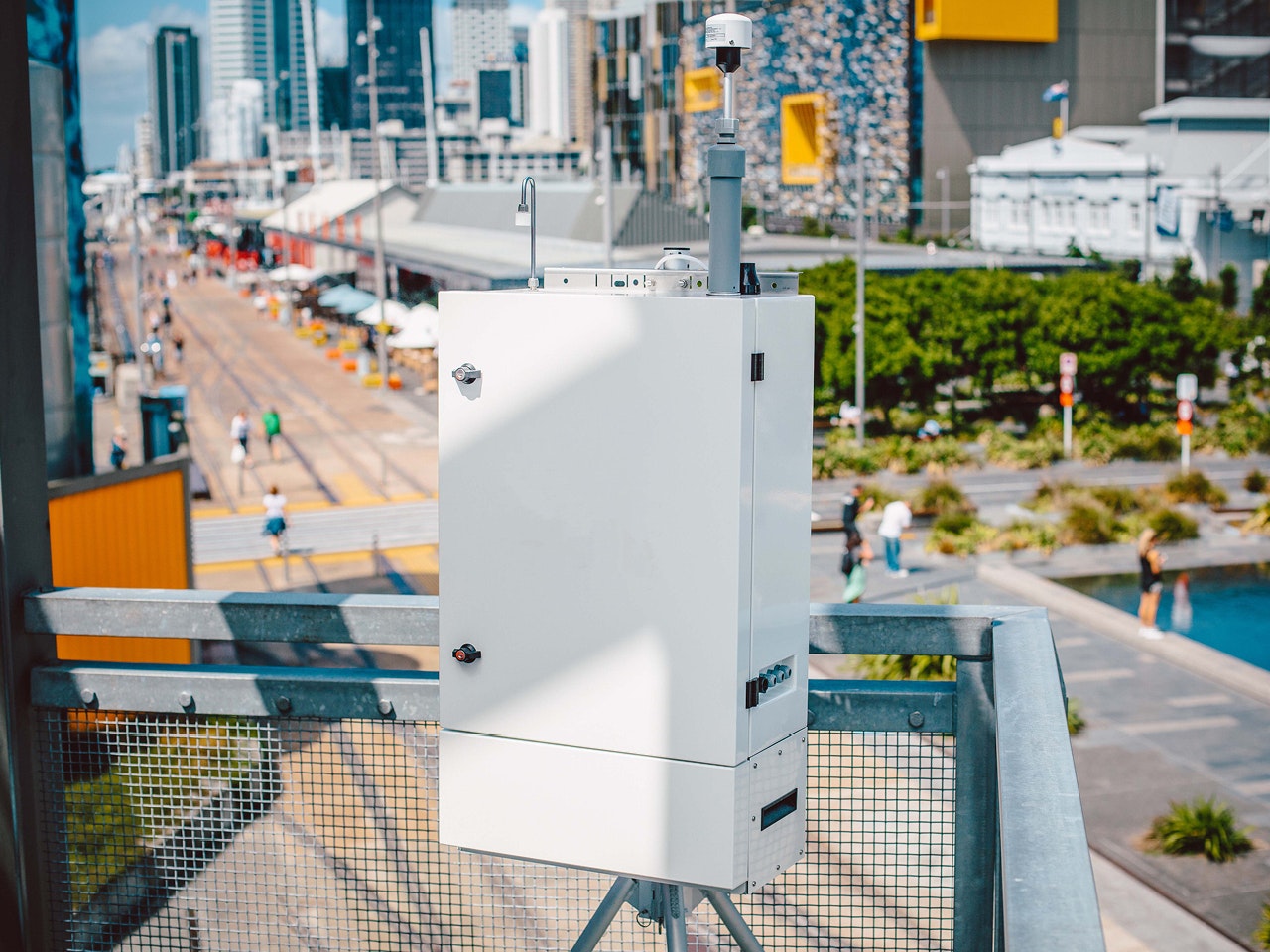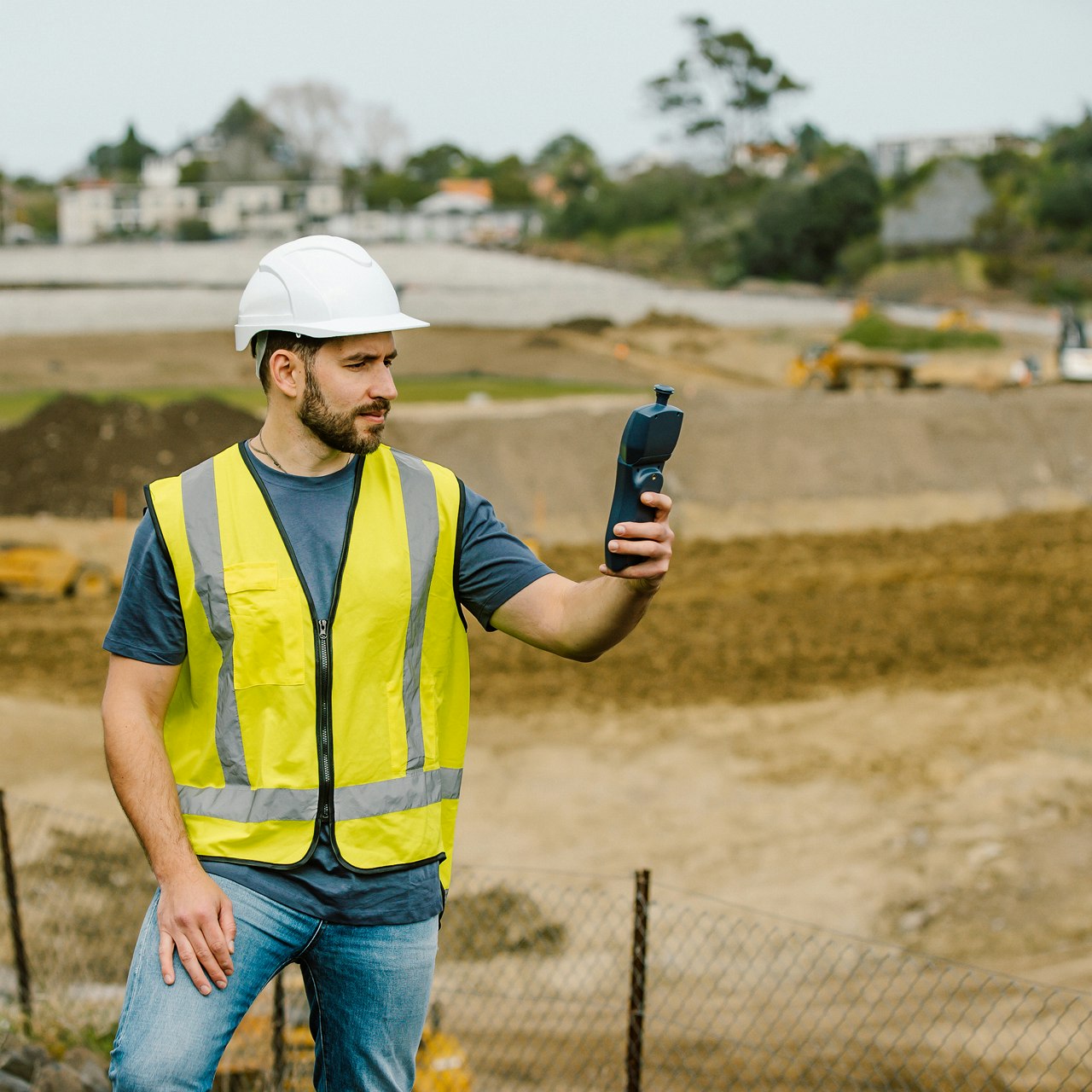Blog
AQ-SPEC evaluates Aeroqual’s AQY sensors
Article Details
Last Updated
14 September 2025
Published
25 May 2018
Category
Company
Air pollution and the rise of low-cost air sensors
Air pollution continues to be one of the biggest global issues we face today. According to the latest data released by the World Health Organization (WHO), 9 out of 10 people are exposed to air with high pollutant levels. Health Effects Institute (HEI), in collaboration with the Institute for Health Metrics and Evaluation (IHME), likewise recently reported in the State of Global Air that 95% of the world’s population live in areas which exceed WHO guidelines for healthy air.
With such a dismal picture, it’s little wonder that community and environmental organizations, as well as concerned citizens, look to low-cost air pollution sensors to protect themselves and monitor the air around them. However, initial trials of these sensors often showed they were not as accurate as they should be. Poor air quality data from unreliable sensors is confusing – poor data is almost as bad as no data at all. And it wasn’t just the public getting confused, air quality professionals in local government and smart cities needed guidance too. Which air sensors work, and which don’t, and how accurate are they anyway, especially as the air quality varies so much by location. Without guidelines or standards – it all got a bit smoggy… enter the South Coast Air Quality Management District (SCAQMD) to clear the air.
Informing stakeholders (and public) about advantages and limitations of low-cost air sensors: the AQ-SPEC program
Firstly, a bit of context. The United States Environmental Protection Agency (U.S. EPA) set policies and federal standards for air quality. It’s then up to the individual states to implement these standards. The South Coast Air Quality Management District (SCAQMD) is the air pollution agency for Orange County, and the urban areas of Los Angeles, Riverside and San Bernardino Counties. It’s the third most populated urban area in North America, and one of the smoggiest. At the core of SCAQMD is a philosophy that everyone has a right to clean air and to be protected from the negative health impacts of air pollution. SCAQMD continuously monitor air quality in about 38 locations in their area and let the public know when the air is unhealthy.
SCAQMD created the Air Quality Sensor Performance Evaluation Center (AQ-SPEC) to evaluate the performance of low-cost sensors. It was the first of its kind set up in the U.S., in fact probably first in the world, to objectively evaluate low-cost air sensors. This marked a huge milestone for the industry. The program aims to establish performance standards in the future to evaluate air sensors. All the field and lab performance evaluations of low-cost air sensors are made publicly available on their site.
How do you participate in the AQ-SPEC program and what’s the process?
All manufacturers of low-cost air sensors are invited to send their equipment to AQ-SPEC for testing. To date, leading manufacturers such as Vaisala, AQMesh, Met One, TSI, and of course Aeroqual, have had their air sensors evaluated, showing an increasing openness to scrutiny and transparency within the air quality monitoring industry.
AQ-SPEC evaluates the performance of low-cost sensors at no cost (it’s 100% funded by SCAQMD). Low-cost by the AQ-SPEC program’s definition is no more than a few thousand dollars. Other criteria your low-cost sensor must meet are:
- The sensor must take real-time measurements
- It must measure one or more criteria pollutants, as specified in the National Ambient Air Quality Standards (NAAQS): nitrogen dioxide (NO2), ozone (O3), particulate matter (PM), carbon monoxide (CO) and sulfur dioxide (SO2)
- The sensor must be commercially available (or have the potential to be)
- It must be able to store data internally or log data to a computer via software, or log data to a cloud-based server
AQ-SPEC require that a minimum of three of your low-cost sensors are sent to them for evaluating. These are run simultaneously and side-by-side to the EPA reference stations for two months in the field (ambient air). Locations are either the SCAQMD Rubidoux air monitoring station, or in Long Beach near a roadway monitoring station. The sensors can then undergo further analysis in the lab (controlled testing) by subjecting them to a range of environmental conditions, including variations of temperature and humidity.
Data from the sensors is then compared to the data collected from SCAQMD’s EPA reference stations. Results are published on their website, allowing the public to make informed decisions about the reliability and data integrity of the various low-cost sensor-based air monitors when looking to buy one.
Why did we send the AQY to AQ-SPEC?
Sensor-based technology is what we live and breathe. We’ve always been committed to a measurement-first approach and to offer an air quality monitoring system that gives our customers scientifically credible data. We are confident in the data quality produced by our monitors and wanted to independently demonstrate that with a reputable test partner.
We’ve previously sent our portable ozone monitor to AQ-SPEC for both field and lab evaluation. Our portable monitors are not really designed for long-term outdoor monitoring, but even then, our GSS ozone sensor performed well in the field, showing a very good correlation of R2 0.77 against AQ-SPEC’s FEM instrument.
In late 2017 we shipped off our latest low-cost sensor-based air monitor, the AQY (version 0.5), for performance evaluation, and the results are summarized below.
Field performance evaluation of our latest air monitor: the AQY
AQ-SPEC evaluated the performance of our latest air monitor, the AQY, by comparing it to Federal Reference Methods (FRM) and Federal Equivalent Methods (FEM) at their Rubidoux air monitoring station. In summary, AQ-SPEC found that the AQY had over 90% data recovery over the evaluation period and the showed an overall good correlation during the entire field test period:
- Ozone (O3) sensors showed an excellent correlation with a more expensive FEM instrument, being R2 >0.95
- Nitrogen dioxide (NO2) sensors showed a very good correlation with a more expensive FRM instrument, being R2 >0.74 and high accuracy
- Particulate Matter (PM2.5) sensors showed a very good correlation with more expensive FEM instruments, being GRIMM R2 >0.84 and BAM R2 >0.83 and high accuracy
- Temperature and relative humidity sensors showed excellent correlation with SCAQMD Met Station sensors, being R2 >0.91 for temperature and R2 >0.94 for relative humidity
It’s worth noting that this report evaluated the performance of our AQY version 0.5. We have since released the AQY 1, as below. Our Research & Development and Product Development teams are continuously improving our air quality monitors. As our CTO, Geoff Henshaw, recently pointed out, we have around 100 AQY monitors running in L.A. – that’s 8 million data points per month, per monitor! Every data point is like a calibration test under real world conditions, creating a priceless dataset.
Find out more
If you’d like to know more about the South Coast Air Quality Management District (SCAQMD) and their AQ-SPEC program, visit their website.
Interested to know more about the AQY 1? We’re always happy to hear from you, so please get in touch.
Learn more About Us
AQY 1 UPDATE: AQY 1 sales are on hold from 18th March 2021, a critical component in the AQY has gone end of life and for that reason we have put sale and supply of the AQY on hold until further notice. You can read more here.
Real-time air monitoring made easy
Take the time and hassle out of your next project with a real-time air quality monitoring solution.












